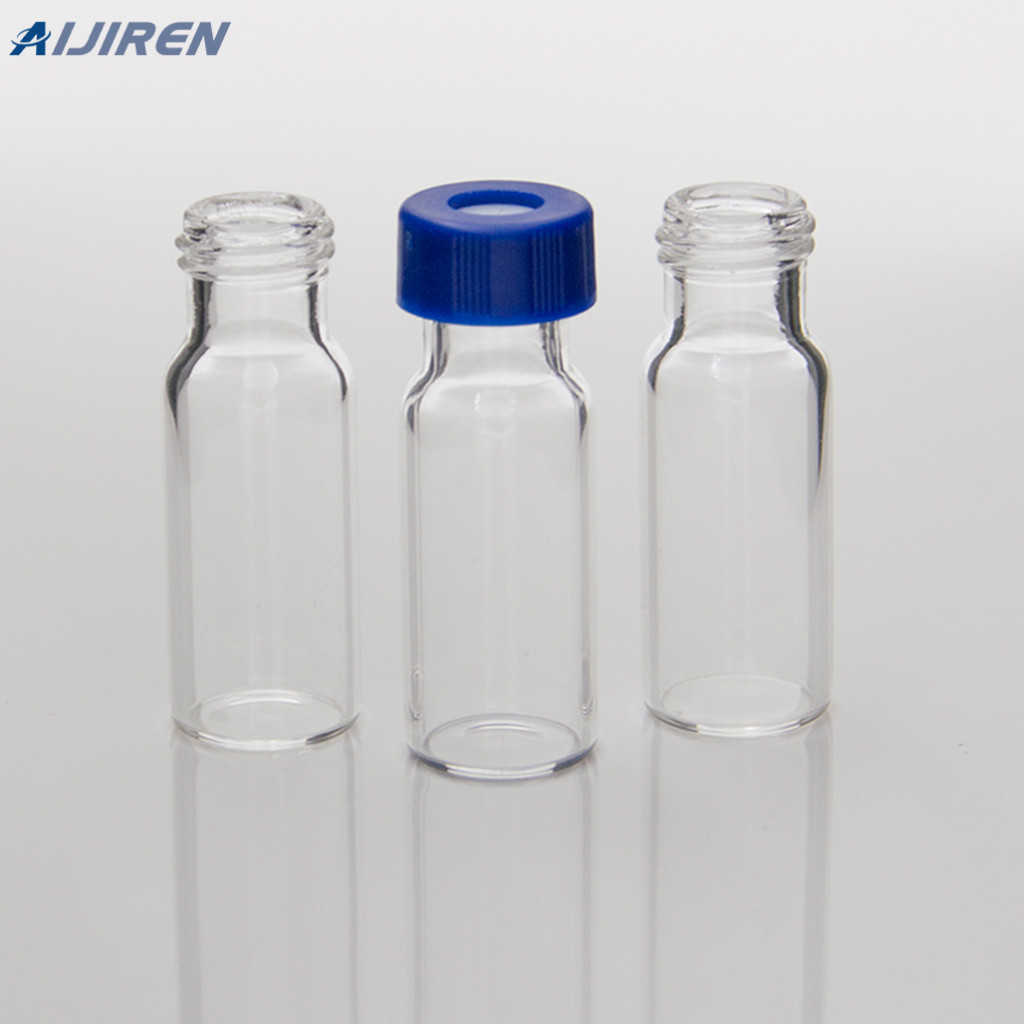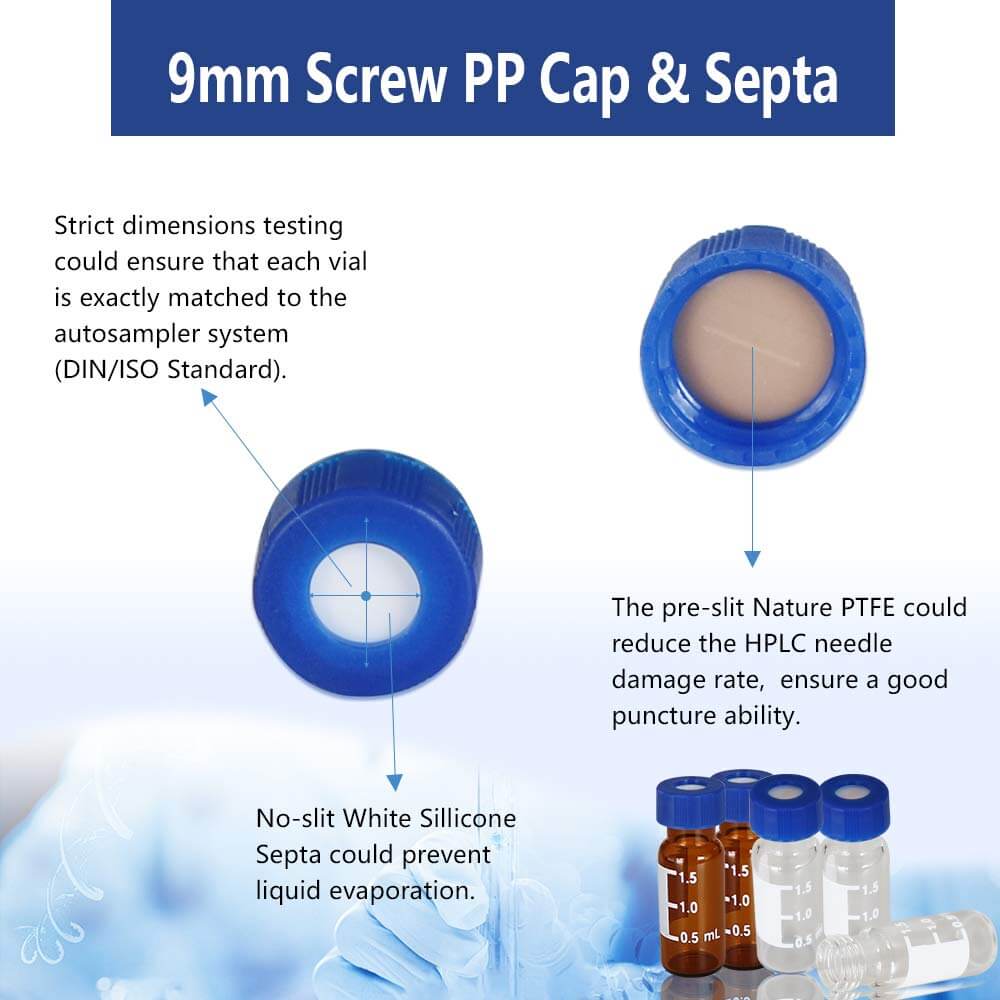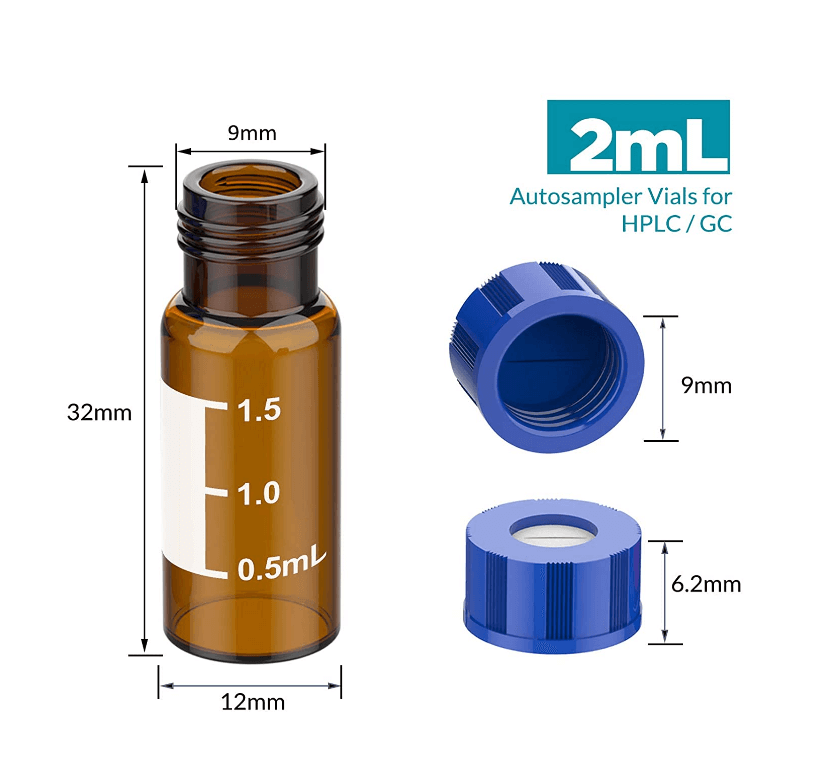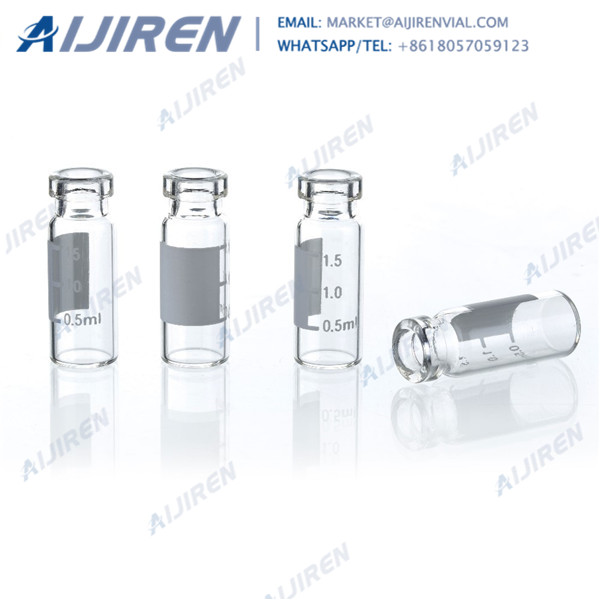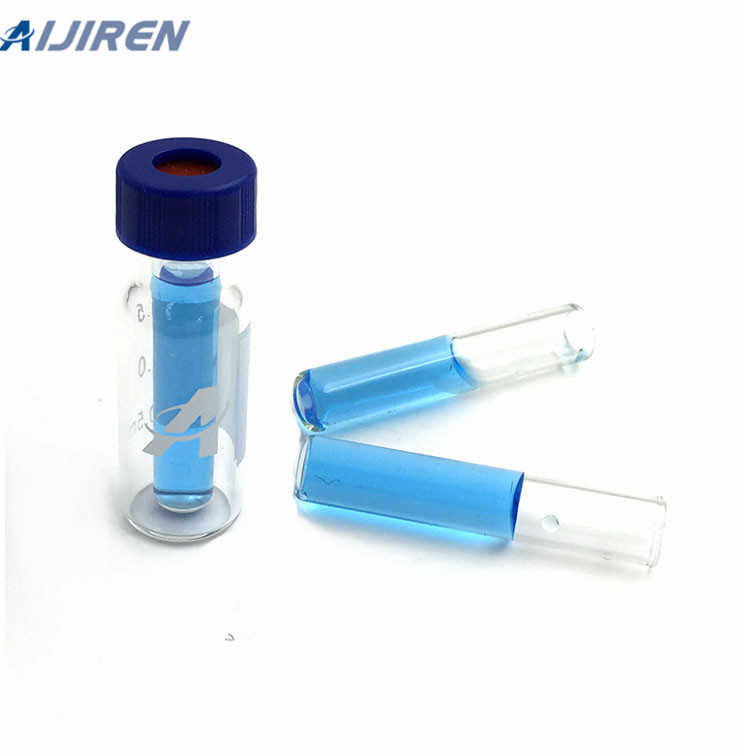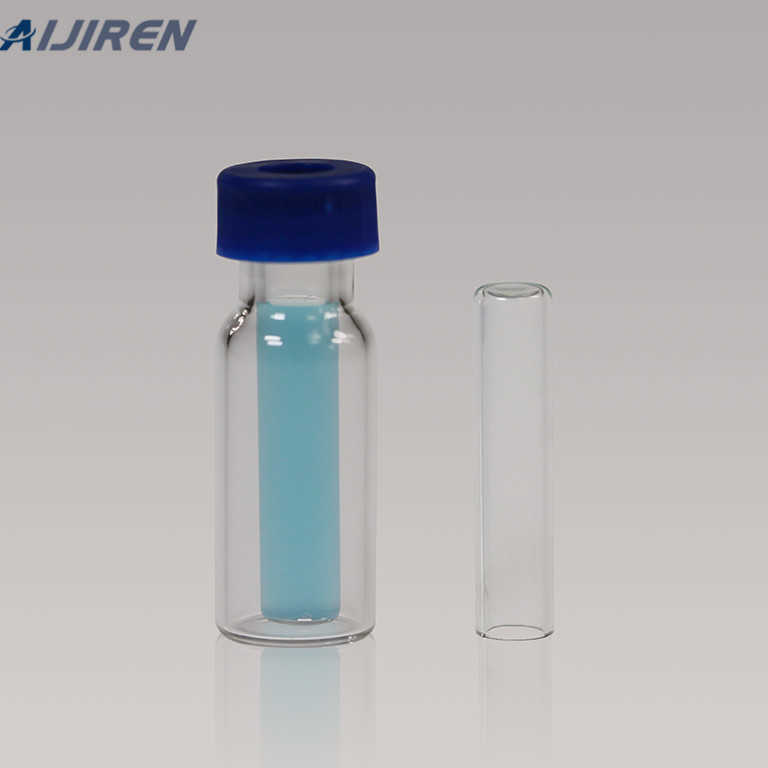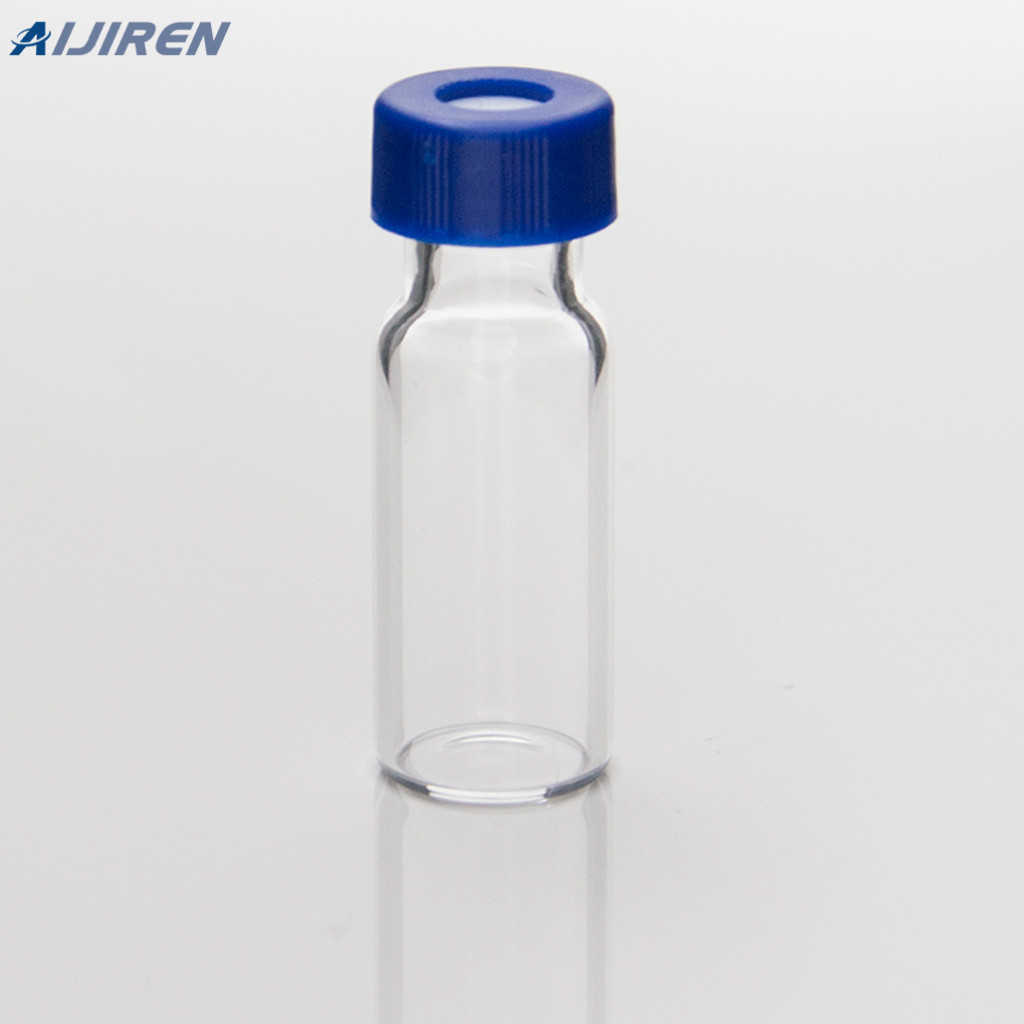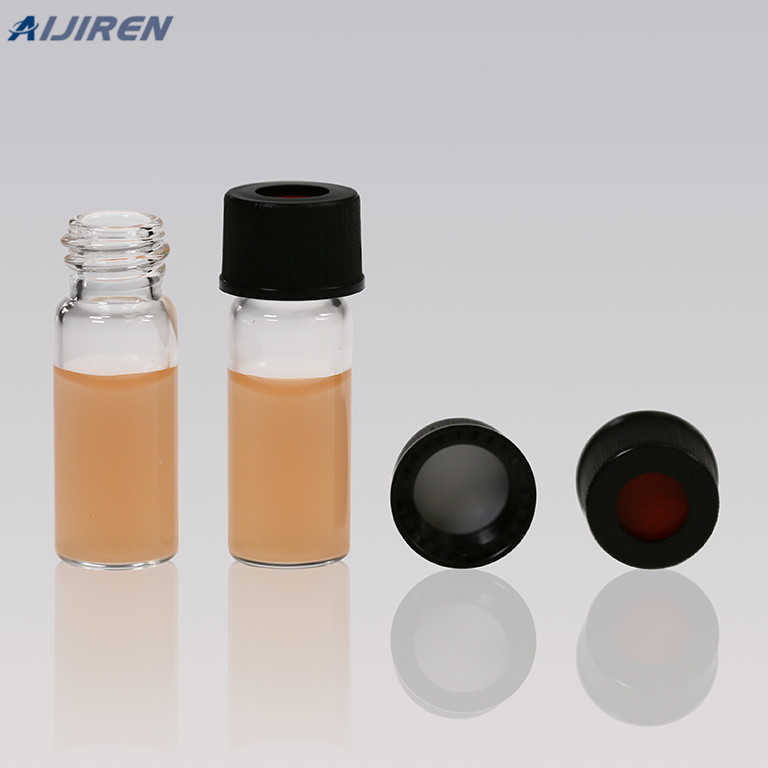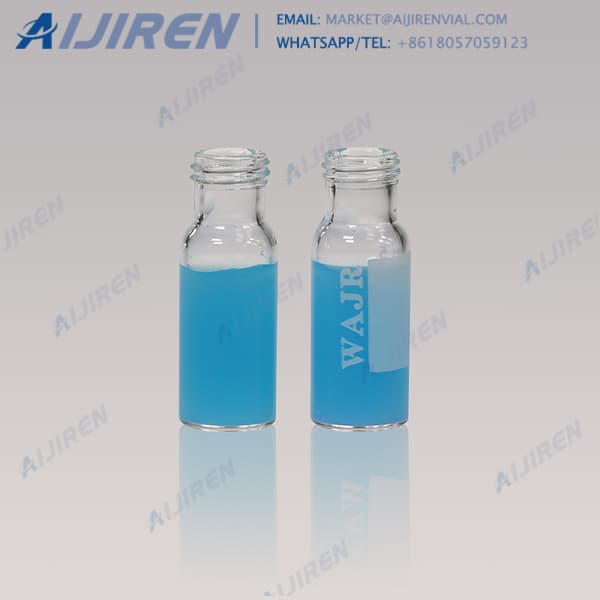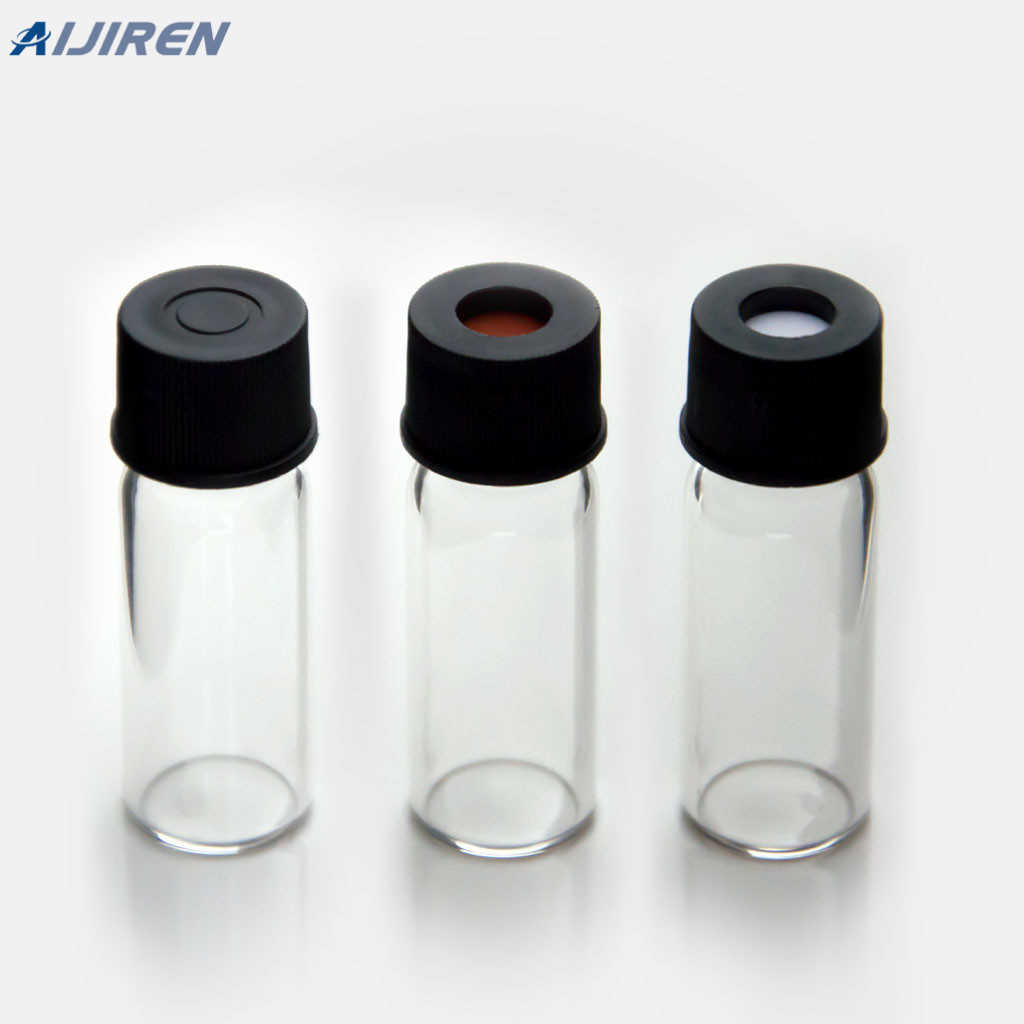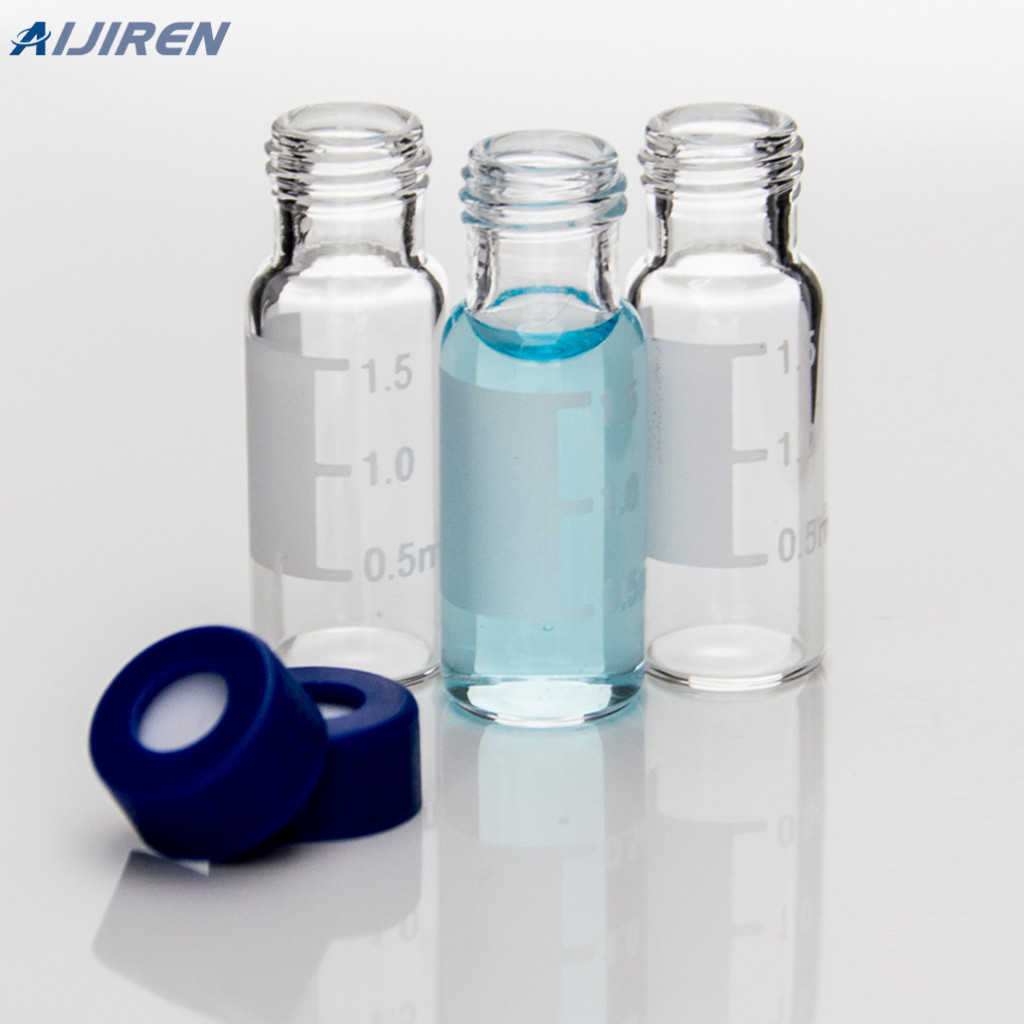As with most pieces of equipment in the lab, sometimes things don't run smoothly and you have to look at ways of troubleshooting HPLC autosamplers. System problems could be due to any, or all, of the following issues: 1. Mechanical problems - to maintain reliable operation, the autosampler must be kept clean and checked for proper adjustment regularly 2. Tray position and identity of samples - there are potentially serious consequences for results from incorrectly identifies samples 3. Sample carryover - demonstrated when an injection of a solvent blank produces a replicated version of the previous sample's chromatogram, just on a smaller scale. Most of the time, it occurs as a result of adsorption of the analyte within the injection component See full list on community.Aijiren.com 1. Carryover – mostly due to analyte/sample matrix adsorption onto metal or plastic surfaces within the autosampler - Worn parts, either through damage or a rough surface, are of benefit to carryover as the sample matrix easily attaches to it. For example, needle outer surface versus the inner surface of the needle seat - It may also come from needlewash solvent, which should be regularly changed 2. System contamination – indicated by broad ghost peaks, is rarely due to autosampler contamination and can indicate late elution of compounds from a previous injection. The broad peaks can be resolved by using more effective sample clean-up protocols 3. Sample contamination – sharp ghost peaks tend to indicate contamination of sample, and can arise from many sources and from various stages in sample preparation. To avoid, you should eliminate sources of contamination from your sample preparation protocol and ensure that you are using clean vials 4. Sample needle – if the needle gets block See full list on community.Aijiren.com Ensuring continual maintenance can help with troubleshooting HPLC autosamplers, and should be done at least every 12 months. Components to consider include: - Needle and needle seat. View them as one functional part and replace in pairs. A damaged needle’s outer surface will damage the new inner of the needle seat, and vice versa - Loop capillary. As it doesn’t get worn through operation and regularly gets flushed, the loop isn’t a dedicated part of preventive maintenance. However, it should be taken into account when troubleshooting for contamination and leaks - Injection valve rotor seal. Remember to inspect the inner surface of the stator for any damage, as it could impact on the rotor seal and cause further damage. Mechanical damage to the rotor is typically attributed to undissolved buffer crystals or working with an incompatible pH-range - Metering device seal (can be maintained every two years) - Apply sufficient flushing of the complete system before changing method. It’s es... See full list on community.Aijiren.com

